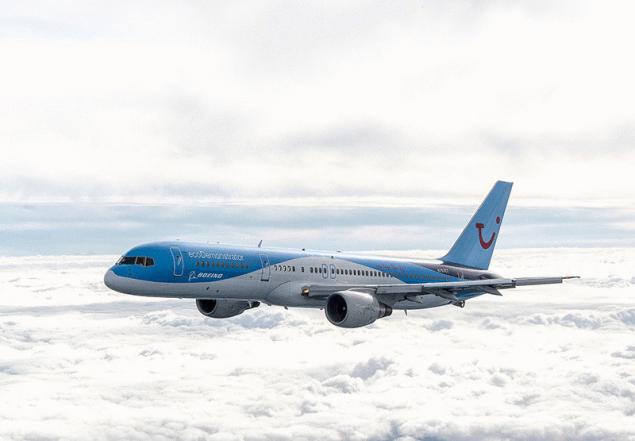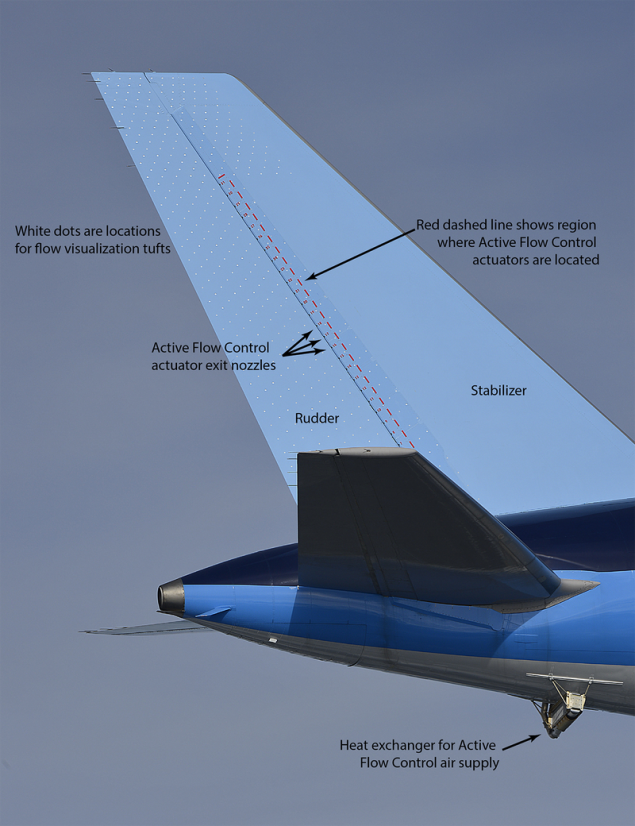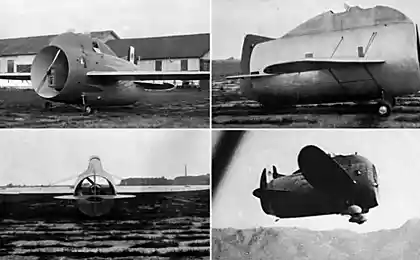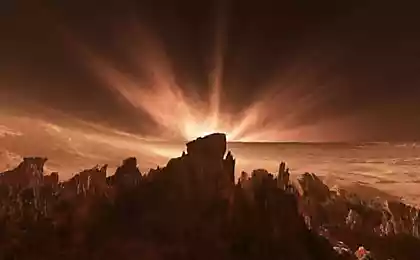454
NASA is working on reducing fuel consumption of aircraft
In the business of commercial air transport, even a small reduction in fuel consumption translates into millions of the financial savings, as well as reducing harm for the atmosphere. For this reason, NASA is conducting research that will improve the fuel efficiency. Two of the most promising project — the coating that protects the front edge of the wing from insects, and technology that improves the flow of the tail plane is now ready for testing in real conditions.

The problem with the insects that are breaking on the surface of the aircraft, it may seem insignificant, but researchers at NASA believe that this can reduce fuel efficiency by 6 percent. When the dead insects accumulate on sensitive to the aerodynamics parts such as the front face of the wings disturbs the airflow. For this reason, it may be turbulence and deceleration of the aircraft — which significantly affects efficiency. NASA will test 5 different "non-stick" coatings on a special plane Boeing ecoDemonstrator 757 on 15 different flights from the airport in Shreveport, Louisiana. At this airport the most severe insect problem. The result of the tests is clarified not only how effective the coating to cope with the insects, but also its resistance to the severe conditions of commercial airlines.

The second technology, which will improve the tail implies a decrease in the size of the tail of the aircraft which will reduce weight and therefore the fuel consumption. The only reason why the tails of planes do so big is that they gives stability to the car at low speed during landing and takeoff, and they help in emergencies. But large tails mean more weight and fuel consumption. So NASA, with Boeing trying to do a little tail which provides the same stability.
Solution? 31 tiny nozzle, located along the side of the tail, which will distribute the air flow over the surface, and to provide the same stabilization, by reducing the size by 17 percent. published
P. S. And remember, only by changing their consumption — together we change the world! ©
Source: tehplaneta.ru/automotoavia/aviatehnika/nasa-rabotaet-nad-umensheniem-potrebleniya-topliva-samoletami

The problem with the insects that are breaking on the surface of the aircraft, it may seem insignificant, but researchers at NASA believe that this can reduce fuel efficiency by 6 percent. When the dead insects accumulate on sensitive to the aerodynamics parts such as the front face of the wings disturbs the airflow. For this reason, it may be turbulence and deceleration of the aircraft — which significantly affects efficiency. NASA will test 5 different "non-stick" coatings on a special plane Boeing ecoDemonstrator 757 on 15 different flights from the airport in Shreveport, Louisiana. At this airport the most severe insect problem. The result of the tests is clarified not only how effective the coating to cope with the insects, but also its resistance to the severe conditions of commercial airlines.

The second technology, which will improve the tail implies a decrease in the size of the tail of the aircraft which will reduce weight and therefore the fuel consumption. The only reason why the tails of planes do so big is that they gives stability to the car at low speed during landing and takeoff, and they help in emergencies. But large tails mean more weight and fuel consumption. So NASA, with Boeing trying to do a little tail which provides the same stability.
Solution? 31 tiny nozzle, located along the side of the tail, which will distribute the air flow over the surface, and to provide the same stabilization, by reducing the size by 17 percent. published
P. S. And remember, only by changing their consumption — together we change the world! ©
Source: tehplaneta.ru/automotoavia/aviatehnika/nasa-rabotaet-nad-umensheniem-potrebleniya-topliva-samoletami
Forgiveness or revenge, how to heal trauma
102 year old Frenchman Robert Marchand an hour drove 27 miles on the bike
























